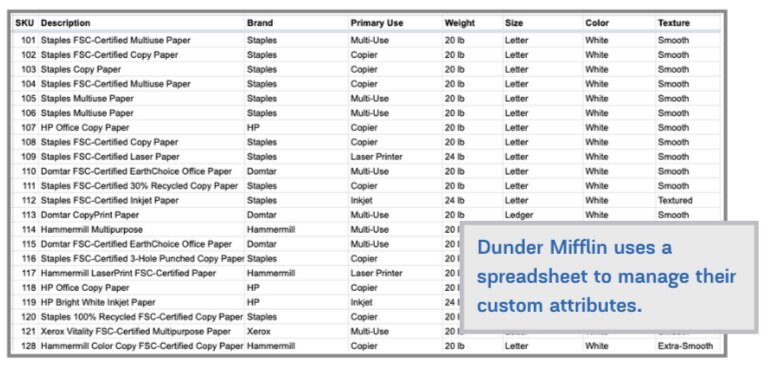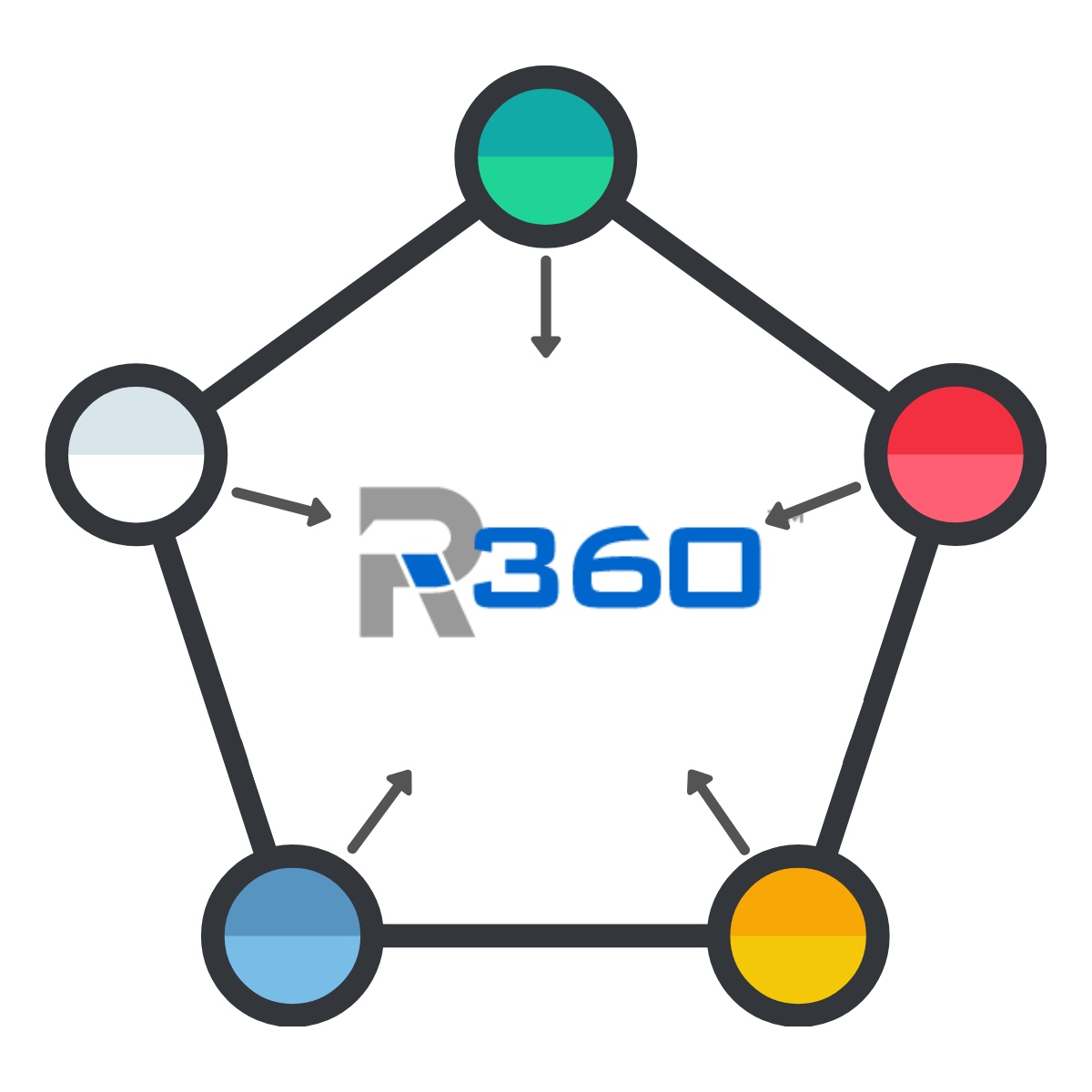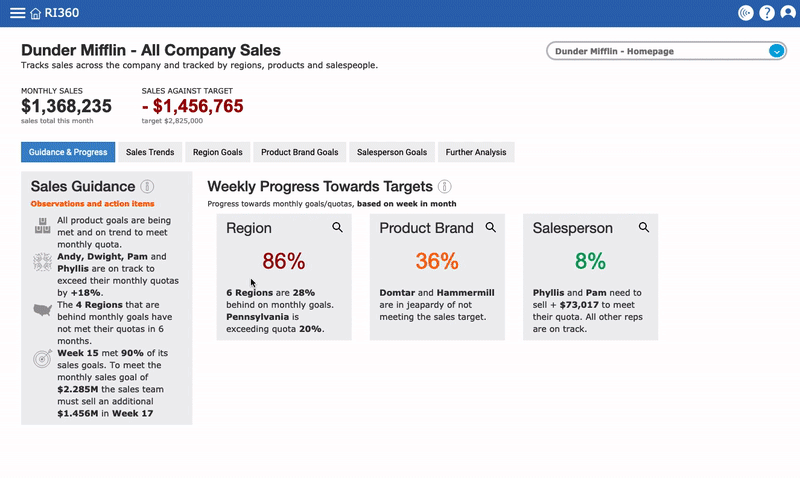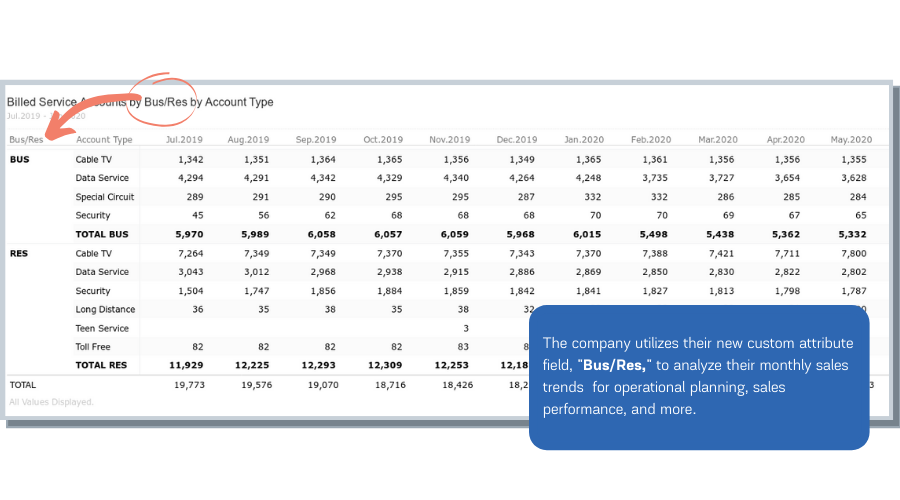Table of Contents:
What are custom attributes?
Two Types: Basic and Complex
Three Uses for Basic Data Mapping
Example: Descriptive Fields
Final Thoughts
Custom attributes is a feature within Ri360 that requires equal parts technology and RI data master to implement. They are often used in data science and statistical modelling. The name ‘custom attribute’ is ReconInsight-specific, but many data analytics technologies have their own version of Ri360’s Custom Attributes feature. For a business user, however, features akin to Ri360’s Custom Attributes have a few draw-backs:
Utilization requires advanced data analysis expertise
Implementation involves specialized coding
But fear not, we do not want scare you away from harnessing the power of custom attributes. Our goal is the opposite - by the end of this series we hope you are encouraged to utilize custom attributes as much as possible within your Ri360 environment.
What are Custom Attributes?
Ri360’s Custom Attribute feature covers a wide-range of use cases and can get very technical (which we will do our best to avoid for the purposes of this article). Here is the simplest definition for a custom attribute in Ri360 (or at least the simplest we’ve managed to come up with):
A field in Ri360 that does not have an exact replica in any integrated business system represents a custom attribute.
Notable characteristics of a custom attribute include:
It is tailor-made to address a specific business need using the business’s language (i.e. ‘custom’).
Each custom attribute field adds qualitative information (or, an ‘attribute’) to existing business metrics.
Two Types: Basic and complex
At ReconInsight, we divide Custom Attributes into two categories: basic data mapping and complex business logic.
This post defines and illustrates basic data mapping custom attributes. In a future post we will do a similar overview of creating custom attributes using complex business logic. For now, know that when we say ‘complex business logic’ as an example of a custom attribute, think: formulas in a spreadsheet.
3 use cases for basic data mapping
Data mapping is the easiest way to utilize custom attributes and has three variations:
Data mapping by editing a field’s name or values from its source system to be displayed differently in Ri360. This is often used to re-label a source-system’s default field to match the customer’s business language.
Data mapping by connecting multiple fields between integrated systems to create one, unified field in Ri360. This may involve remedying disparate values (such as in a drop down menu) or field names between the two systems to create one attribute.
Data mapping by adding descriptive fields to the existing data-set that is not tracked in any business system. These attributes are unique to Ri360.
Custom attributes in action: using data mapping to add descriptive fields
Let’s explore a basic use case for adding descriptive fields. In this example, a paper company, Dunder Mifflin, integrated Ri360 with their finance system to conduct sales analysis.
Step 1: Extracting the raw data
The finance system tracks products by SKU, quantity sold, and amount sold. Below is a screenshot showing the raw data that Ri360 extracted from Dunder Mifflin’s finance system. Note: data extraction takes place during step 1 of Ri360’s data pipeline.
Here is a table in Ri360 showing the raw data Ri360 pulled from Dunder Mifflin’s finance system. Each row represents one item Dunder Mifflin sells with data on quantity sold and sales income per item.
In its raw state, the data pulled from Dunder Mifflin’s finance system offers one descriptive attribute for each product they sell: the product’s name (“Item” field). Any strategic product sales analysis is limited to finance: which products sell the most, least, have the highest returns, etc.
Considering this data was pulled from a finance system, this limitation makes sense. However, leadership at Dunder Mifflin recognize that the raw data in their finance system can offer great insight into their customer base, sales trends, and more.
Enter Ri360’s solution to this common problem: custom attributes.
Step 2: Define Custom Attributes
In Dunder Mifflin’s pricebook every product has a collection of additional descriptive attributes. They define their products by brand, weight, size, color, texture, and primary use. From a sales analysis standpoint, Dunder Mifflin’s leadership want to answer questions such as, “How many units were sold of Brand x” or “What is the most popular paper texture?”
First, they identify their custom attributes (each custom attribute will be a new field in Ri360) and then fill in the information for each product. All Dunder Mifflin needs to do to add their custom attributes to Ri360 is populate a table (google sheet or sharepoint is the easiest).
Using a simple table to manage custom attributes gives Dunder Mifflin ultimate flexibility and easy data management. If they want to add a new custom attribute, add a new product, or adjust a value - they only need to make a few edits in the spreadsheet and Ri360 will do the rest.
An example of a spreadsheet that Dunder Mifflin uses to manage their custom attributes in Ri360. Each column is a custom attribute that will become a field in Ri360. Each row represents a product in Dunder Mifflin’s pricebook.
Step 3: Reporting and Analysis Results
Once Dunder Mifflin has finished defining their custom attributes, an RI data master provides the technical expertise. Within a day Dunder Mifflin will see their new custom attribute fields in Ri360 and be able to start building reports and data visualizations for strategic analysis.
A simple table in Ri360 showing sales by date. Each row represents a product sold. Using custom attributes, Dunder Mifflin added the fields: Brand, Primary Use, Weight, Size, Color, and Texture.
Without custom attributes, any product-related question that did not involve a dollar amount would have been impossible to answer. Custom attributes are a powerful business analytics functionality that can unlock a wealth of knowledge from any dataset.
Custom attributes in Ri360 function the same as the data extracted from integrated business systems. Dunder Mifflin can create reports and visualizations using their custom attributes in conjunction with the raw data from their finance system.
Here are some sample reports we created for Dunder Mifflin using their new custom attributes to analyze product sales: Top sales by brand; sales by package qty, brand and weight; sales by brand, primary use, and weight.
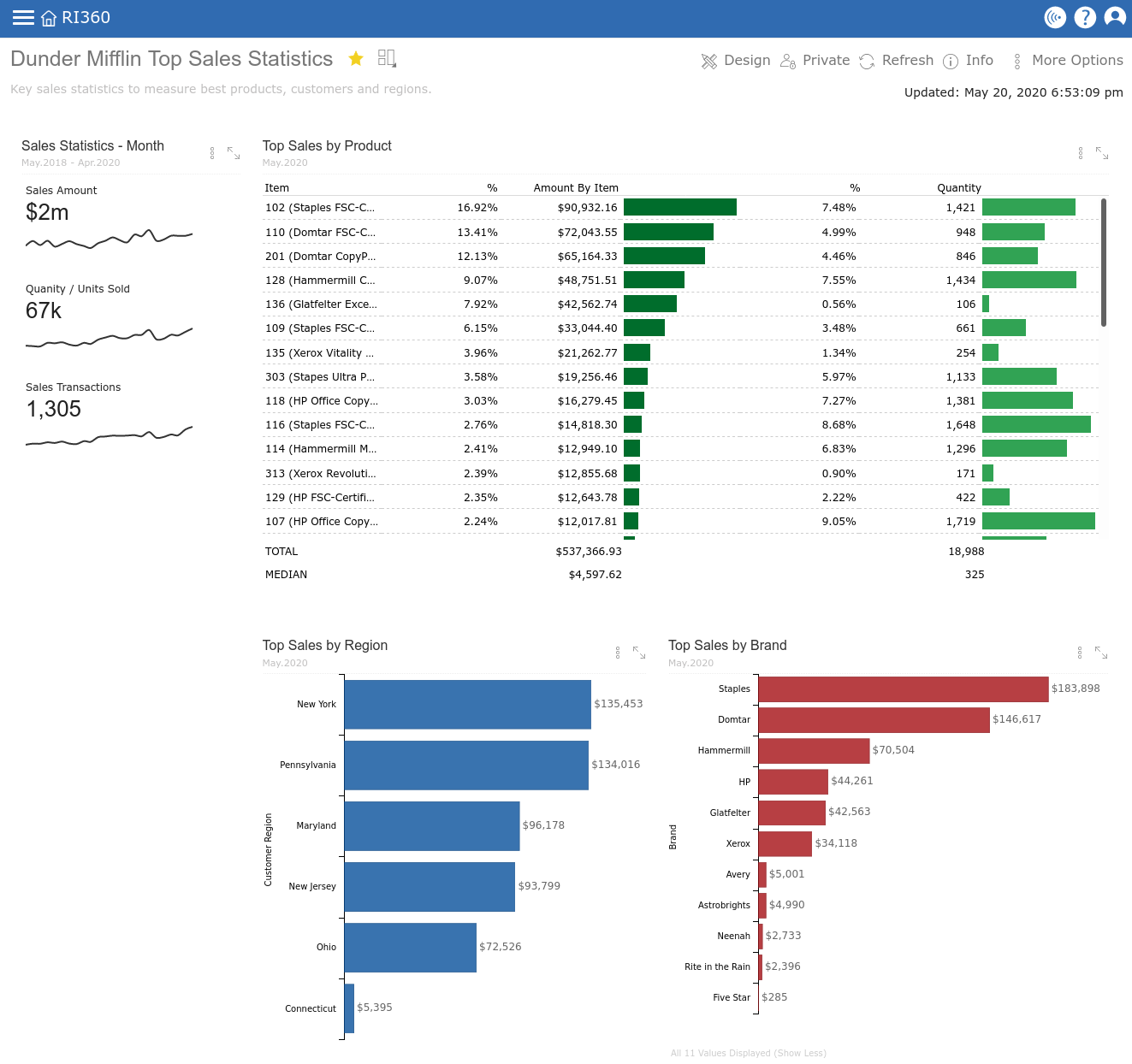
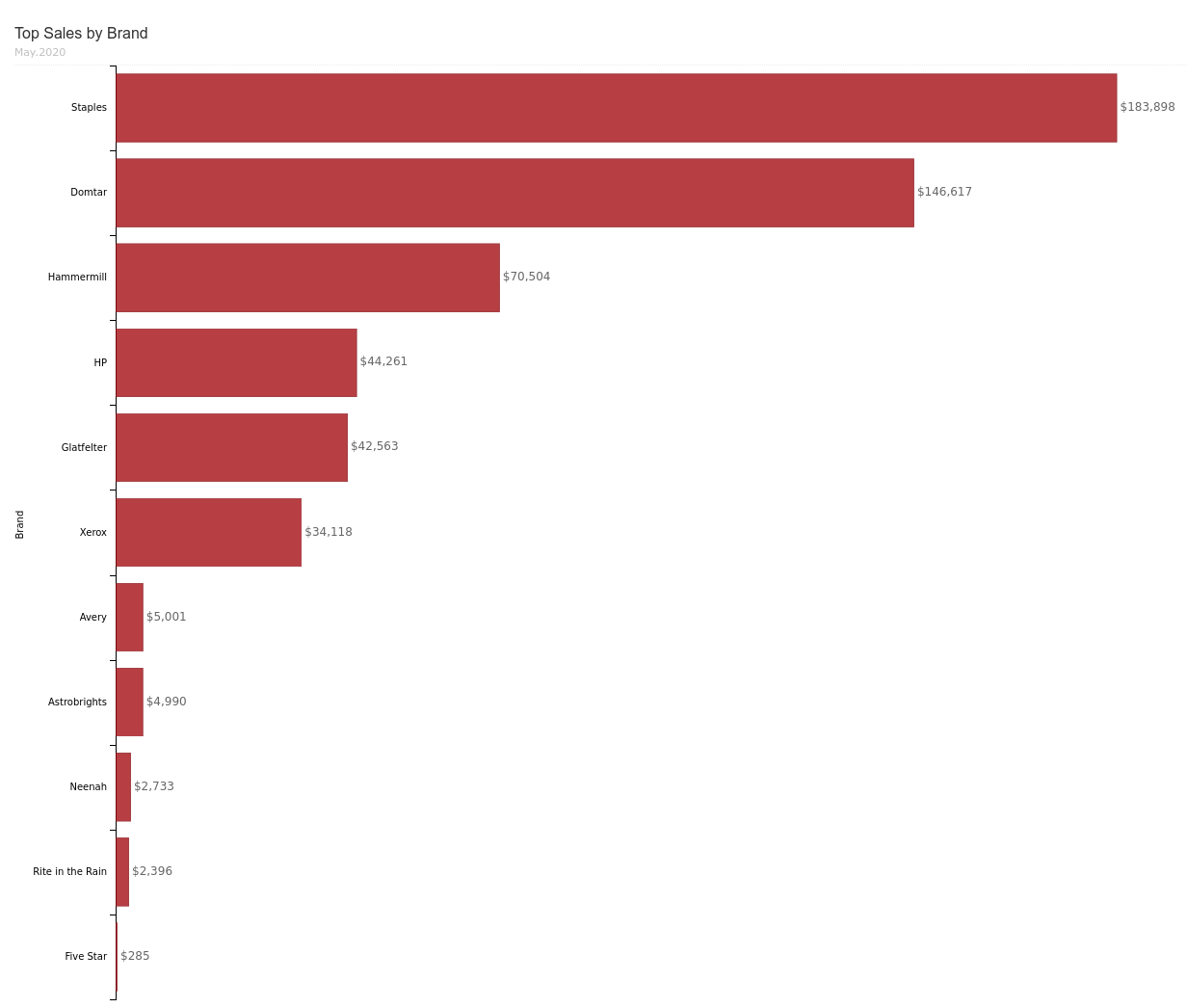
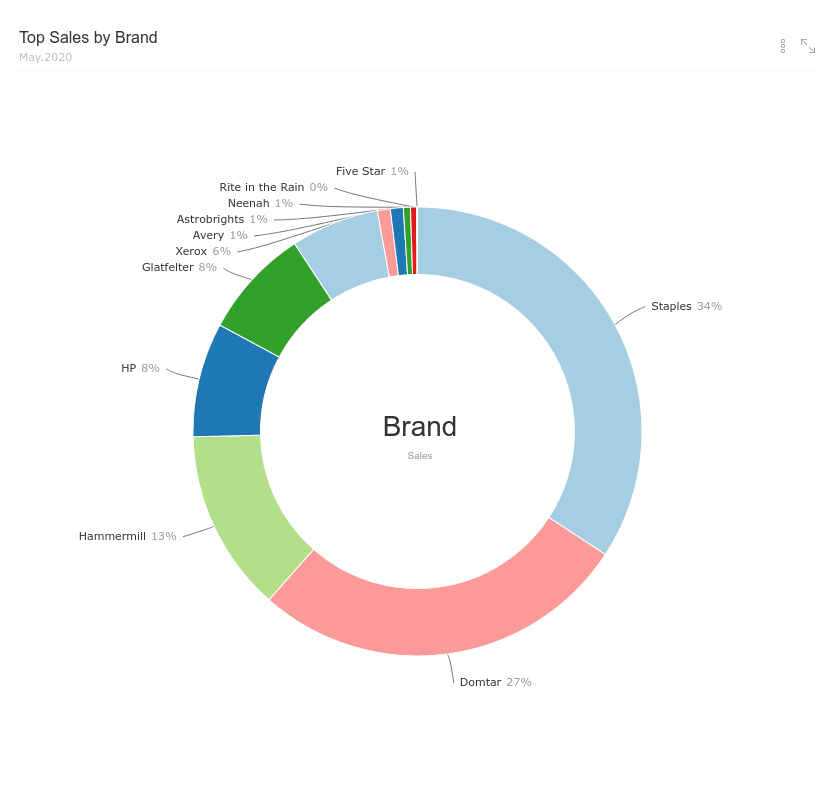

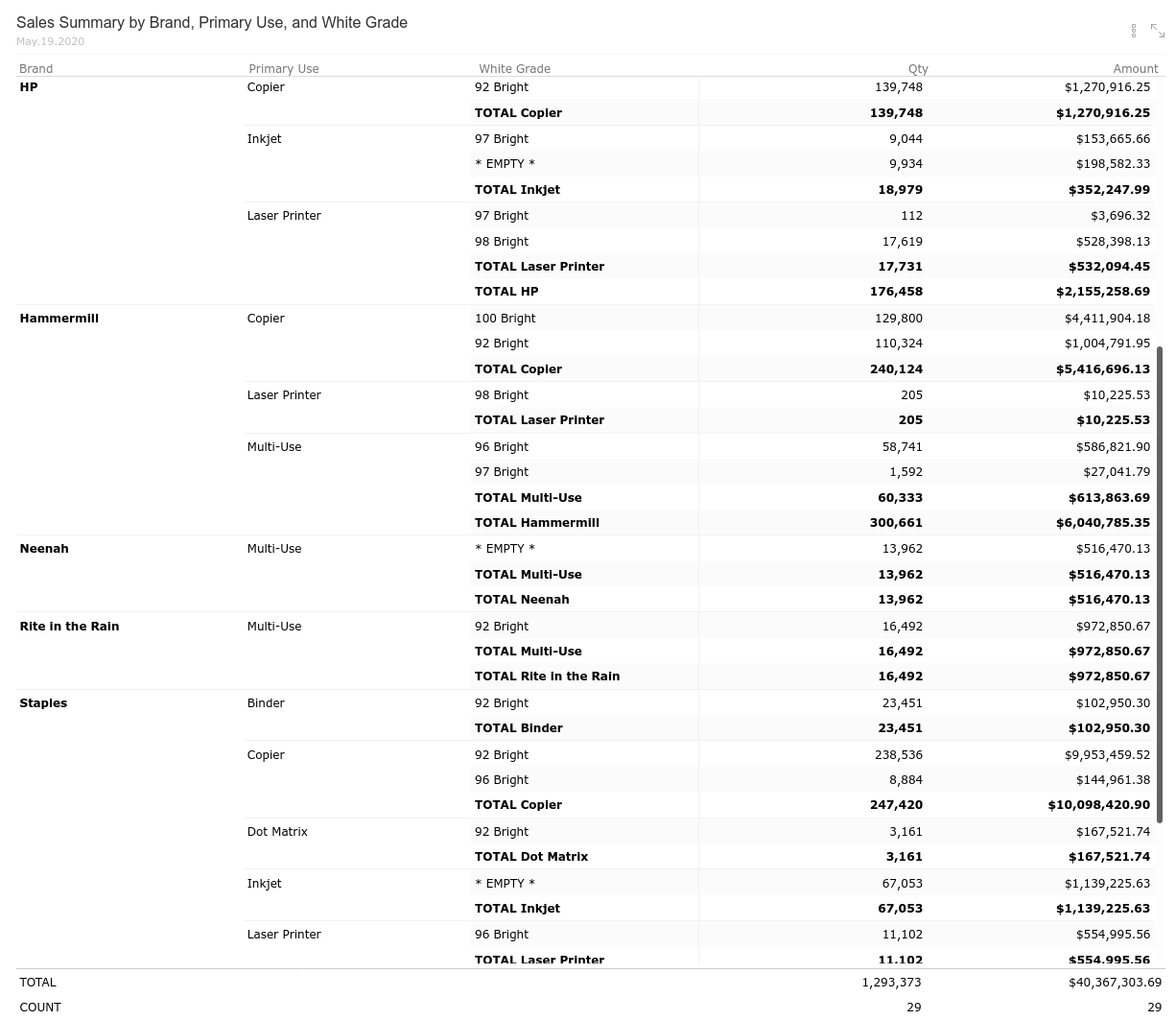
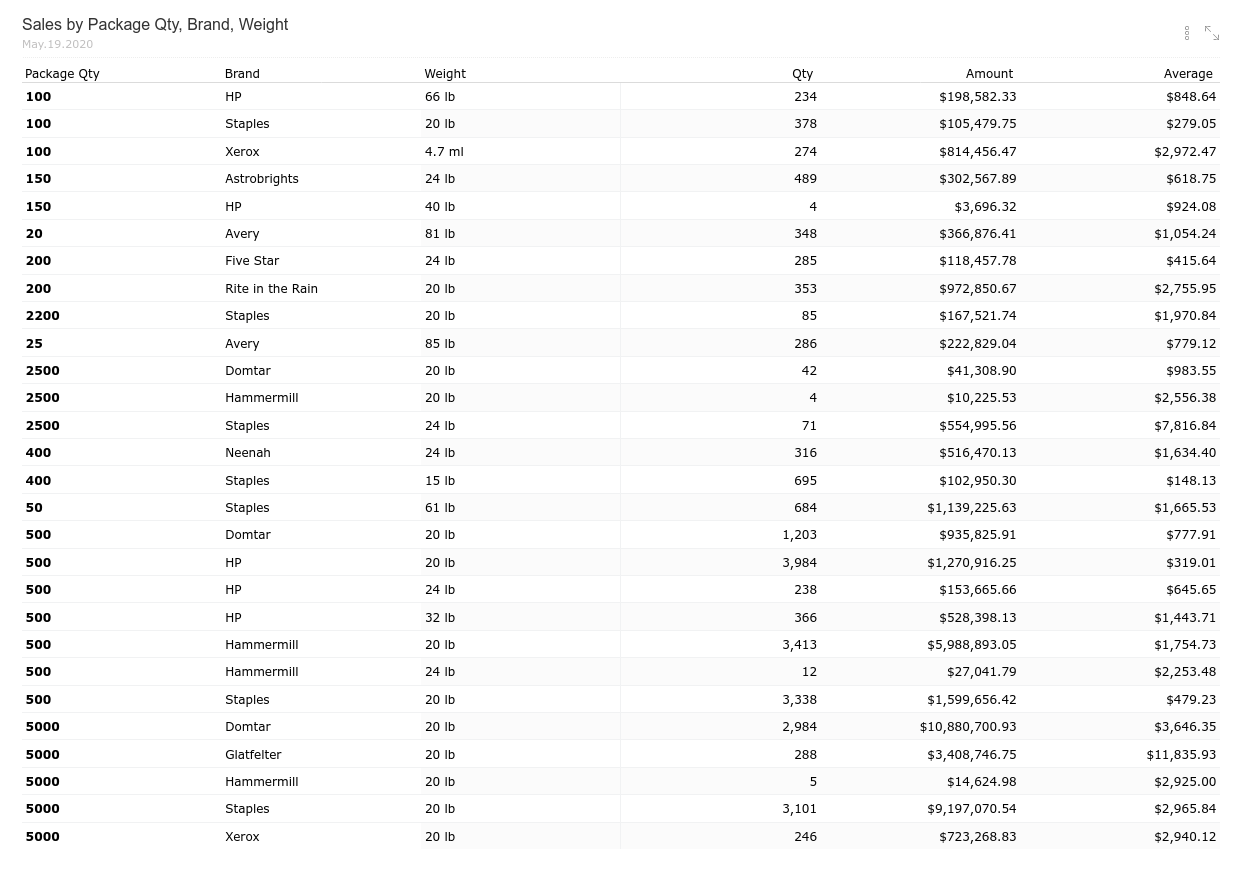

The value of custom attributes
When Chris and I built Ri360 we saw that analytics software lacked an ease of use and flexibility to organize and manipulate data based on a business’s unique needs. In their basic form, custom attributes harmonize and clarify business data through data mapping by editing and connecting fields. When you start data mapping by adding descriptive fields, custom attributes open the door to powerful, strategic analysis that leads to data-driven business decisions.
Custom attributes play an important role within the Ri360 subscription offering and are one of the reasons we include ReconInsight data analyst services in Ri360’s monthly subscription cost. ReconInsight data masters work with all our customers to set up custom attributes (during initial implementation and as needed on an ongoing basis) - we are experienced, efficient, and can easily translate your business need into a valuable custom attribute.
Check out Part 2 in this series we discuss how we use custom attributes to apply complex business logic to data within Ri360.



